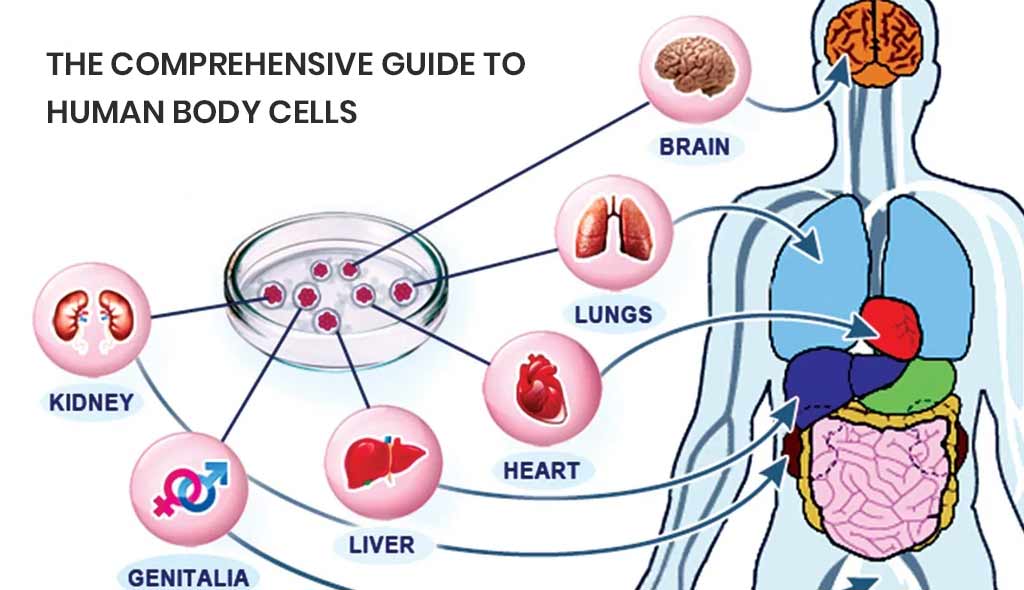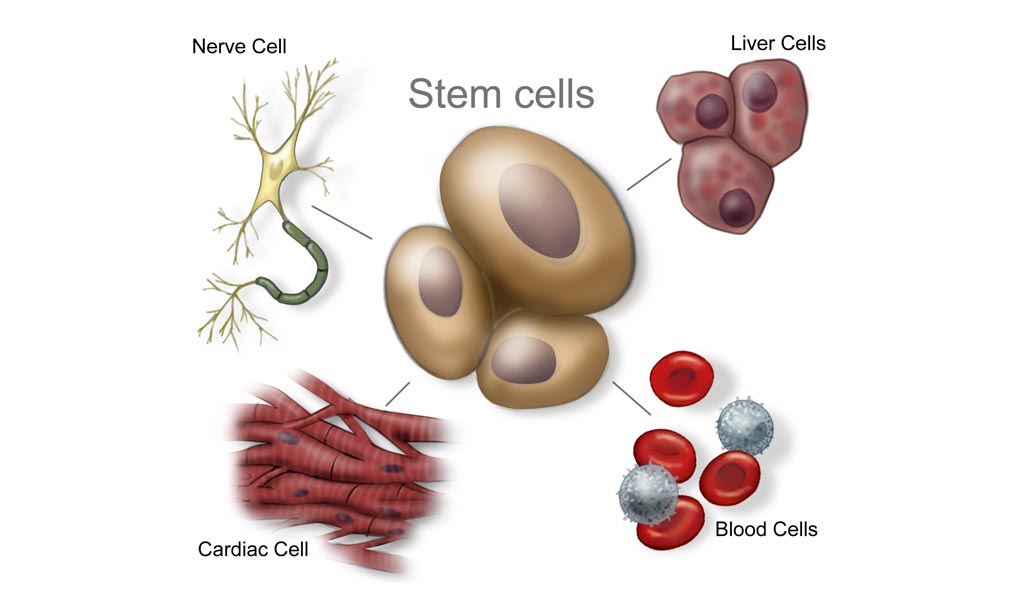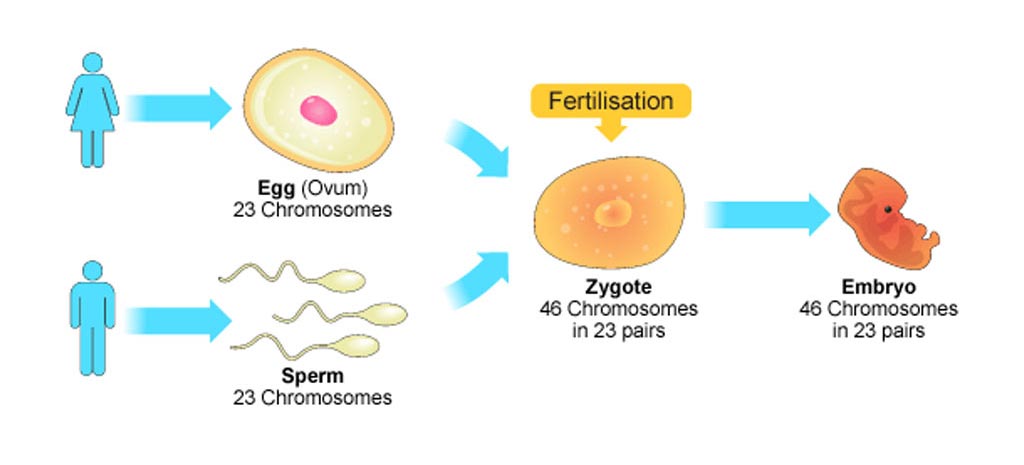A Comprehensive Guide to Human Body Cells

Isn’t it fascinating to think about each element that makes up a human body? Just take a moment to try and comprehend the status of the smallest of these elements. Similar to a machine, our bodies are built of various components. But even the most high-end machines would fail when it comes to the complexity of the components that a human body comprises of. Today, we take a scientific approach towards understanding these components, otherwise known as human cells.
Human Body Cells – An Overview
The cells in a human body are the basic functional, biological, and structural units that operate our bodies. To put it simply, they are our blocks of life.
The term, ‘cell’ has been derived from the Latin word ‘Cella’ meaning small room, seems fitting. Cells make up tissues, tissues form organs; organs comprise the organ systems, and the organ systems function systematically to sustain the survival of human beings.
Some living beings like Amoeba are made up of one cell and are known as unicellular. Humans are multicellular and are made up of more than 40 trillions of cells. Our brain alone is comprised of around 80 billion cells. The working mechanism of the cells is extremely complex by nature and is pretty amazing when analyzed from an anatomical point of view. However, they keep working in harmony every moment to keep us alive.
Coming to the composition of these cells, they are made of a membrane that encompasses the cytoplasm, which is composed of numerous biomolecules such as nucleic acids and proteins.
Cells derive nutrients from the food that we consume and convert it into energy, which, in turn, helps us in carrying out our daily activities. Hereditary backgrounds can also be traced from human body cells.
Largest and Smallest Cells in a Human Body
Most human cells can only be seen when viewed under a microscope since they are extremely small, with their dimensions ranging anywhere between 1 and 100 micrometers. However, the largest cell in human body – the female ovum – is large enough to be seen by a naked eye, measuring 1 millimeter in diameter.

On the other end of the spectrum, the smallest human cell is the male gamete, also known as sperm. From its head to tail, it measures 50 micrometers (0.05 millimeter).
How many types of Human Body Cells are there?
There are more than 200 different types of cells in the human body. They all have their specific functionalities that contribute to the overall working of our bodies. Their structures are also significantly different from one another. However, despite their differences, they are heavily dependent on one another.
Let’s take a look at the most common types of human body cells.
Stem Cells

Every cell, before it derives its special functionalities, starts life as a stem cell. In essence, it is pluripotent, meaning it can turn into any type of cell.
Stem cells are responsible for regeneration, if our bodies undergo a pathological condition. This means that these cells are the ones that repair and replenish tissues by dividing and replicating themselves as many times as it is required.
Nerve Cells

Nerve cells are known as neurons and are the basic components of the nervous system. A neuron is made of a cell body and nerve processes.
These cells are responsible for transferring information and generating all our impulses and reactions throughout the body. They do so by sending signals between the brain, spinal cords, and various other organs.
Based on the number of dendrites, nerve cells can be unipolar, bipolar, and multipolar.
Skin Cells

The top layer of our skin, also known as the epidermis, is supported by two additional protective gears – a layer of connective tissue known as the dermis and an underlying subcutaneous layer.
The epidermis is made up of a bunch of different cells. This includes Keratinocytes (basal cells) that help generate the keratin protein alongside retaining moisture and heat, Melanocytes that are responsible for producing pigment and determining the color of our skin, and Merkel cells that deal with touch reception, among others.
Muscle Cells

The next type of human body cell is the muscle cell. It can be categorized into three distinct types – skeletal, cardiac, and smooth.
Skeletal cells promote voluntary movement of our muscles while cardiac cells help in facilitating involuntary movements, meaning those muscle movements that are operated without making any effort, such as heartbeats. Smooth muscle cells, on the other hand, are concerned with the formation of walls around different organs such as intestines, kidneys, lung airways, among others.
Bone Cells

Similar to muscle cells, bone cells can also be classified into three different types, based on their functionalities – Osteoclasts, Osteoblasts, and Osteocytes.
Osteoclasts have a pivotal role during healing since they help the bones decompose for assimilation. Osteoblasts produce osteoid, which helps in the formation of bones while Osteocytes help in maintaining the calcium balance of the bones.
Blood Cells

While we can never argue as to the role of which cell is more important, it won’t be an overstatement if we say that blood cells perform one of the most vital functions in our bodies. From combating infection to transporting oxygen throughout the different parts of the body, they are tasked with crucial functionalities.
Blood cells are of three types – Red Blood Cells (RBC), White Blood Cells (WBC), and platelets. While RBC help governs the type of blood and transports it throughout our bodies, WBC helps in fighting infections and giving us immunity. On the other hand, platelets help in clotting blood. This avoids a situation of excess blood loss in case of a blood vessel getting damaged or broken.
Sex Cells

Sex cells are reproductive cells that help in bringing a new life to existence. These cells are created in the male and female gonads and are also known as gametes.
While the male gametes (sperm) have long- tail-like projections and are motile by nature, female gametes (ovum) are completely non-motile. When these two gametes unite during mating, it results in fertilization.
Interestingly, as mentioned earlier, the male gamete and female gamete are the smallest and largest cells in a human body respectively!
Fat Cells

Fat cells are tasked with the duty of storing energy in the form of adipose tissue in the body. These cells are also known as lipocytes and adipocytes and help in generating energy. Coming to their shapes, they are round when they hold the fat in them. However, they shrink as soon as the fat is used up.
They are the major component of adipose tissues, which help in the endocrine function of the body. There are two types of fat cells in human body – white fat cells and brown fat cells.
After Thought
Cytology, which is the study of plant and animal cells, is an enthralling subject. To try and understand how our bodies are functioning at the root level gives us a dynamic perception regarding the components that make up our bodies.
Cells are extremely diverse. While some cells can live for months like liver cells (have a lifespan of 18 months), some live only for days like WBC (have lifespan of 13 days). It can be shocking to know that we lose about 96 million cells every minute, but those cells are immediately replaced by 96 million other cells at the same time.
It should be noted that human body cells are also accompanied by 38 million bacterial cells, taking the total to 68 million cells living in our bodies at any given point. So, even for the laziest person in the world, deep down, the cells are always on the run and working hard day in and day out to keep the body functional.

